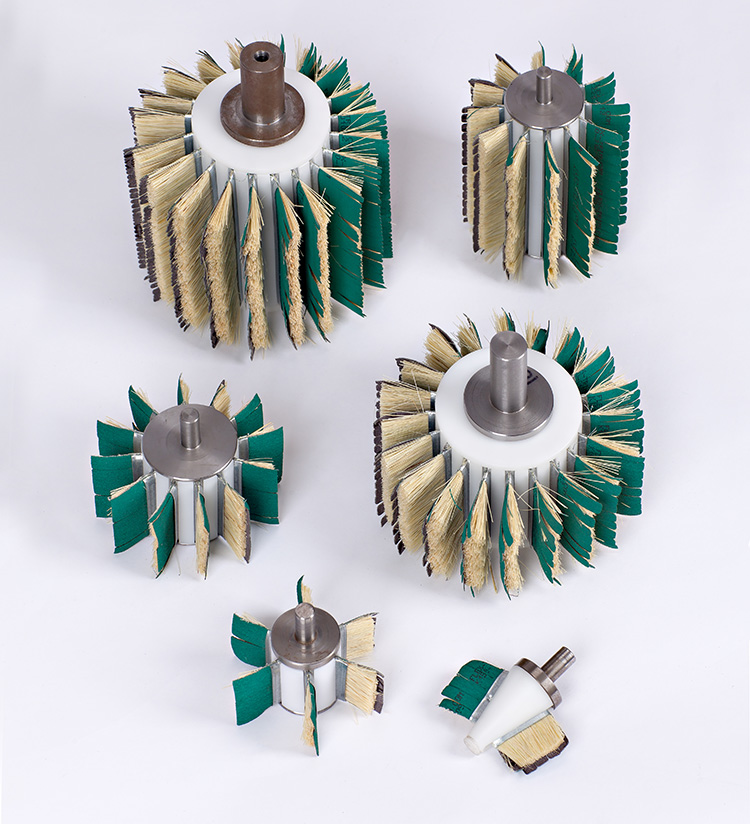Doug
Aluminum
- Joined
- Dec 16, 2002
- Location
- Pacific NW
I don't see much about CNC in this forum.
A few of my customers were in the musical instrument business. They used Fadal mills. The explanation I got was Taylor Guitars in California started with Fadals and others followed. Apparently because a good many of the earlier CNC woodworking machines were oriented to sheet goods and many with foreign controls which were difficult service- wise in this country.
For solid wood parts, guitar necks and bodies, the Fadal was ideal. Warmoth in my area has 3 or 4. They bought used and had the machines upgraded to 10,000 rpm spindles. I recall looking at the tool carousel of one of their machines, everything you could imagine, a spindle speeder, right angle head and so on. Any machinist would drool over the tooling.
Some objections you hear to machine tools in woodworking is the dust problem with lubrication and the lack of spindle rpm. The dust doesn't seem to be an issue, Fadal and Haas warranteed their new machines for woodworking. I always figured the machine rigidity more than made up for the typically lower rpm's. Now in retirement I use my 4,200 rpm CNC mill for hobby woodworking with good results. Where possible using wheel cutters give effective high cutting speeds.
A few of my customers were in the musical instrument business. They used Fadal mills. The explanation I got was Taylor Guitars in California started with Fadals and others followed. Apparently because a good many of the earlier CNC woodworking machines were oriented to sheet goods and many with foreign controls which were difficult service- wise in this country.
For solid wood parts, guitar necks and bodies, the Fadal was ideal. Warmoth in my area has 3 or 4. They bought used and had the machines upgraded to 10,000 rpm spindles. I recall looking at the tool carousel of one of their machines, everything you could imagine, a spindle speeder, right angle head and so on. Any machinist would drool over the tooling.
Some objections you hear to machine tools in woodworking is the dust problem with lubrication and the lack of spindle rpm. The dust doesn't seem to be an issue, Fadal and Haas warranteed their new machines for woodworking. I always figured the machine rigidity more than made up for the typically lower rpm's. Now in retirement I use my 4,200 rpm CNC mill for hobby woodworking with good results. Where possible using wheel cutters give effective high cutting speeds.



 )
)
